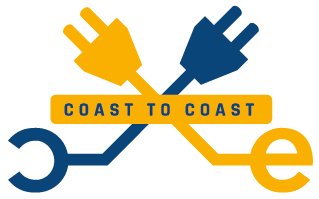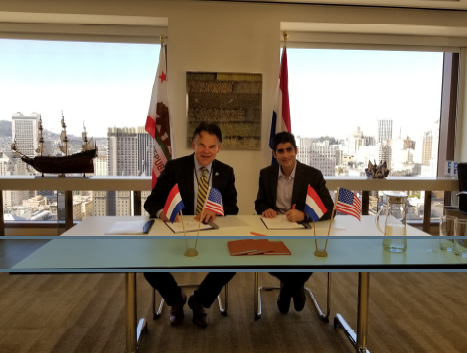
Leading smart charging company for electric mobility secures EUR 11 million funding to accelerate international expansion
Sustainable energy company Eneco Group and independent investment fund SET Ventures have both acquired a minority stake in Amsterdam-based GreenFlux Assets BV (“GreenFlux”), as part of a total Series B round of EUR 11M. Existing shareholders BOM Brabant Ventures and ICT Group NV also participated in the round. The investment in a leading enabler of electric driving and smart charging supports Eneco Group’s and SET Ventures’ ambitions to accelerate the energy transition by means of technology. Fortaleza Capital acted as exclusive corporate finance advisor to GreenFlux on this Series B financing round.
GreenFlux provides an electric mobility infrastructure management platform that supports the operations of charge point operators all over the world. GreenFlux helps energy companies, grid operators and automotive players to manage charge stations, enable roaming and billing and implement smart charging for advanced energy management. The GreenFlux service platform is cloud-based and seamlessly connects with charge stations of any type or brand. GreenFlux’s award winning controller, enabling advanced smart charging, can be fitted in any charge station.
The coming years millions of electric vehicles will enter the market. For this transition to happen, charging must be frictionless and easy to use. The GreenFlux platform drives down the cost of operations for charge point operators and enables them to provide an outstanding service experience to their customers. Combined with state-of-the-art smart charging technology that ensures the stability of the grid, electric vehicles will become an important enabler for a sustainable future.
GreenFlux founders, Hans de Boer and Jurjen de Jong: ‘We are very happy this investment provides the opportunity to power dominant EV charge point operators in Europe, US and Asia. A big step forward in fulfilling our dream that all cars will be powered by renewable energy’.
Joeri Kamp, managing director Eneco Smart Energy: ‘Eneco is fully committed to speed up the transition to a more sustainable energy system. We believe that e-mobility and smart, real-time charging from renewable sources are essential parts of that system. This is a purpose we share with the team at GreenFlux. Through our investment we want to help them bring their front running service platform and controller to the next level and accelerate international expansion.’
‘The team at Greenflux has succeeded in establishing a leading position in EV infrastructure management’ said Anton Arts, Associate Partner at SET Ventures. ‘This investment enables them to accelerate international expansion and drive the pace of innovation in this market forward.’
About Eneco Group
Eneco Group is a group of companies active internationally in the field of renewable energy and innovation. Together with their customers, partners and more than 3,000 employees, they work on their mission: sustainable energy for all. They invest in wind farms, biomass plants, heat and solar parks to increase the supply of renewable energy. And they develop innovative products and services so that their customers can control how to generate, store, use or share energy. www.enecogroup.com
About SET Ventures
Since 2007, Amsterdam-based SET Ventures has invested in European technology companies that impact the future of the energy sector. SET Ventures focuses broadly on innovative energy generation, energy distribution and storage and energy efficiency. SET’s investment priority is for those ventures that develop software-based services for the energy sector, with or without hardware components, defined by SET Ventures as smart energy solutions. www.setventures.com












